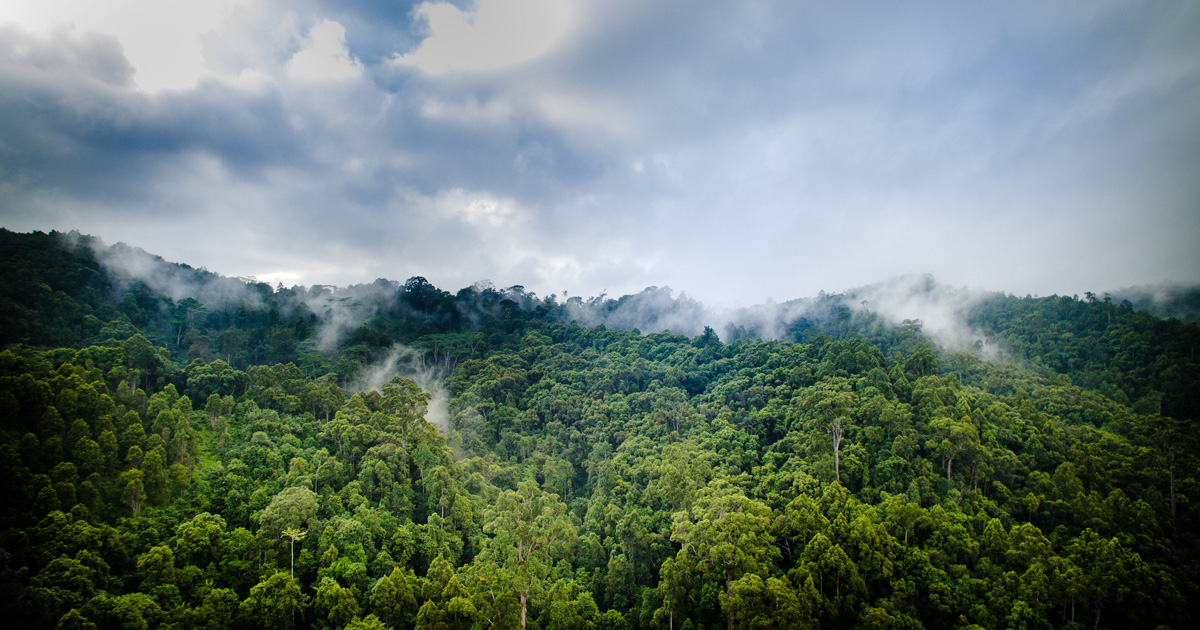Tree architectural attributes demonstrate a significant association with fruit yield. Yellowhorn is the future bioenergy tree in China; however, the species suffers from high reproductive energy and exceedingly low reproductive output. To optimize yellowhorn management and pinpoint priority trees featuring optimal architecture, we employed machine learning modeling to develop high fruit yielding predictive models using five yield indicators (dependent variables: FrW, SeW, ShW, FrW, and SeN) and five tree characteristics (independent variables: CA, TH, DGL, HLC, and MBN) of yellowhorn. Results showed that trees characterized by a substantial canopy area (>1.70 m2) and a large diameter at ground level (>3.71 cm) have been found to yield a higher fruit production. However, increased tree height does not invariably correlate with an elevated yield. Effective selection of high-yielding individuals can be accomplished by restricting tree height within the range of 192–232.4 cm. This approach emphasizes the importance of integrating considerations of tree architecture into forestry management practices. Such integration can bolster productivity, thereby contributing to both the sustainability and economic viability of yellowhorn forests.
DOI:
https://doi.org/10.1002/fes3.500
Altmetric score:
Dimensions Citation Count:























